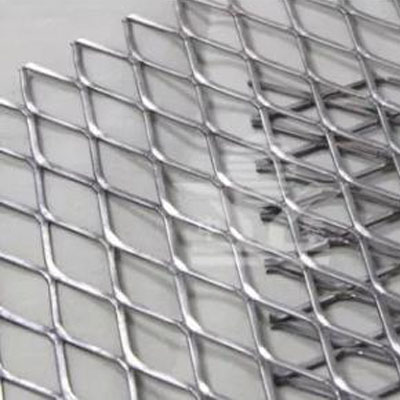Absorptive Sound Barriers An Overview of Their Design, Functionality, and Benefits
As urbanization increases, the prevalence of noise pollution escalates, leading to a growing need for effective sound mitigation strategies. One such solution is the implementation of absorptive sound barriers. These structures are designed to reduce the transmission of sound waves, offering relief to those affected by excessive noise from traffic, industrial operations, and other urban activities. This article will delve into the design, functionality, and benefits of absorptive sound barriers.
Understanding Absorptive Sound Barriers
Absorptive sound barriers are constructed using materials that have the ability to absorb sound energy rather than merely reflecting it. Unlike reflective barriers, which can bounce sound waves back into the environment, absorptive barriers mitigate noise by converting sound energy into a small amount of heat through friction. This process effectively reduces the overall sound level in the surrounding areas.
Materials Used
The materials employed in the construction of absorptive sound barriers play a crucial role in their effectiveness. Commonly used materials include fiberglass, foam, and other specialized composites that are engineered to have high sound absorption coefficients. These materials are often designed in conjunction with structural components to enhance both their acoustic performance and durability. Additionally, the surface textures of these materials are optimized to maximize sound absorption across various frequencies.
Design Considerations
When designing absorptive sound barriers, several factors must be considered to ensure optimal performance
. The height of the barrier is crucial; taller barriers generally provide better sound attenuation, as they effectively block the direct path of sound waves. Moreover, the angle of the barrier can be adjusted to further reduce noise levels by directing sound waves away from sensitive areas.The placement of absorptive barriers is another significant factor. Proper positioning, away from reflective surfaces such as walls or buildings, enhances their effectiveness. Environmental considerations must also be taken into account, as barriers may need to be designed to withstand weathering and other external factors.
Functionality in Urban Settings
absorptive sound barriers

In urban environments, absorptive sound barriers serve multiple functions. They are employed along highways, railways, and construction sites to protect residential areas from the impacts of noise pollution. The innovative use of green materials and integrated landscaping can enhance the aesthetic appeal of these barriers, allowing them to blend seamlessly with the environment. Often, these designs include the planting of shrubs and trees along the barrier, which can further aid in sound absorption and provide habitat for local wildlife.
Benefits of Absorptive Sound Barriers
The implementation of absorptive sound barriers offers numerous benefits
1. Noise Pollution Reduction By effectively decreasing sound levels, these barriers improve the quality of life for residents living near noisy environments. 2. Health Benefits Reducing noise pollution is associated with numerous health benefits, including lower stress levels, improved sleep quality, and reduced risk of cardiovascular issues.
3. Increased Property Values Properties located near noisy roads or industrial sites often face decreased property values. By mitigating noise, absorptive barriers can help maintain or even enhance property values in affected areas.
4. Environmental Integration Modern designs often emphasize sustainability, using eco-friendly materials and techniques that complement the surrounding landscape, thereby supporting biodiversity.
5. Aesthetic Appeal Creative designs can transform what might be perceived as an eyesore into an attractive feature of the urban landscape.
Conclusion
Absorptive sound barriers represent a crucial consideration in urban planning and noise management strategies. Their ability to reduce sound pollution while integrating with the environment makes them a valuable asset for cities aiming to enhance the quality of life for their residents. This innovative solution not only addresses the pressing issue of noise but also aligns with broader goals of sustainability and aesthetic harmony in urban design. As urban areas continue to grow, the role of absorptive sound barriers will undoubtedly become even more critical in creating a comfortable and peaceful living environment.
-
Why Galvanized Trench Cover Steel Grating Resists Corrosion
NewsJul.10,2025
-
The Versatility and Strength of Stainless Expanded Metal Mesh
NewsJul.10,2025
-
Load Calculations in Steel Grating Platforms
NewsJul.10,2025
-
Keeping Pets and Kids Safe with Chicken Wire Deck Railing
NewsJul.10,2025
-
Hole Diameter and Pitch for Round Perforated Metal Sheets
NewsJul.10,2025
-
Aluminium Diamond Mesh in Modern Architecture
NewsJul.10,2025
Subscribe now!
Stay up to date with the latest on Fry Steeland industry news.

